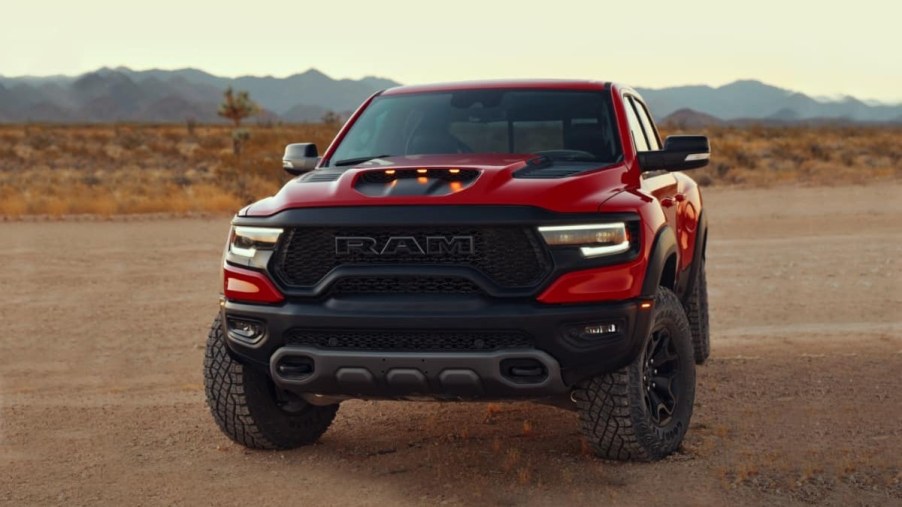
Ram Is Ready To Kill V8s: Here’s How
We’ve been talking a lot about the Ram/Jeep/Dodge Hurricane inline six lately, and there are plenty of reasons why. It is a compact, small cubic-inch six, with lots of horsepower and room to grow. It is the last internal combustion design we’ll be seeing out of the company, so it needed to be many things, which it is. And that includes allowing Ram to cut its other gas engines as it treads a path toward complete electrification.
Comparing the Ram and Jeep Hurricane six
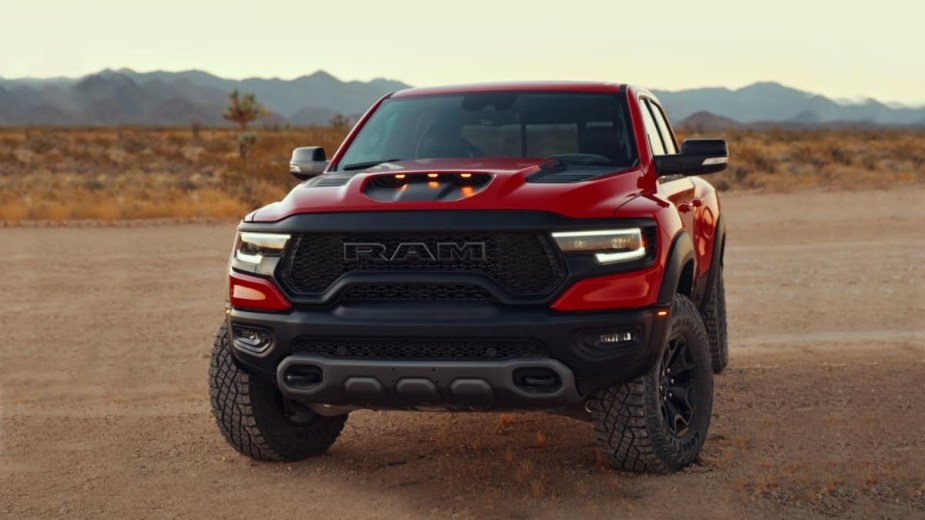
When you compare its numbers to those of the other gas burners, it is obvious that it will soon be the only gas engine available in Jeeps and Ram trucks. We’ve run down a comparison along with some obvious additions and modifications to take the Hurricane far beyond what its numbers indicate now.
First off, the base Hurricane engine is a 3.0-liter inline six-cylinder with 420 hp and 486 lb-ft of torque. With the High Output version, those numbers increase to 510 hp and 500 lb-ft of torque. It is an adaptation of its 2.0-liter four-cylinder by, you guessed it, adding two more cylinders. It is a dual-overhead cam engine.
The significant part is that 90 percent of its power comes on at 2350 rpm, which is similar to V8s. Most of the badmouthing of straight-six architectures is slow throttle response off idle. But at 2350 rpm, that seems to be a problem from the past.
What makes up the Ram Jeep Hurricane six?
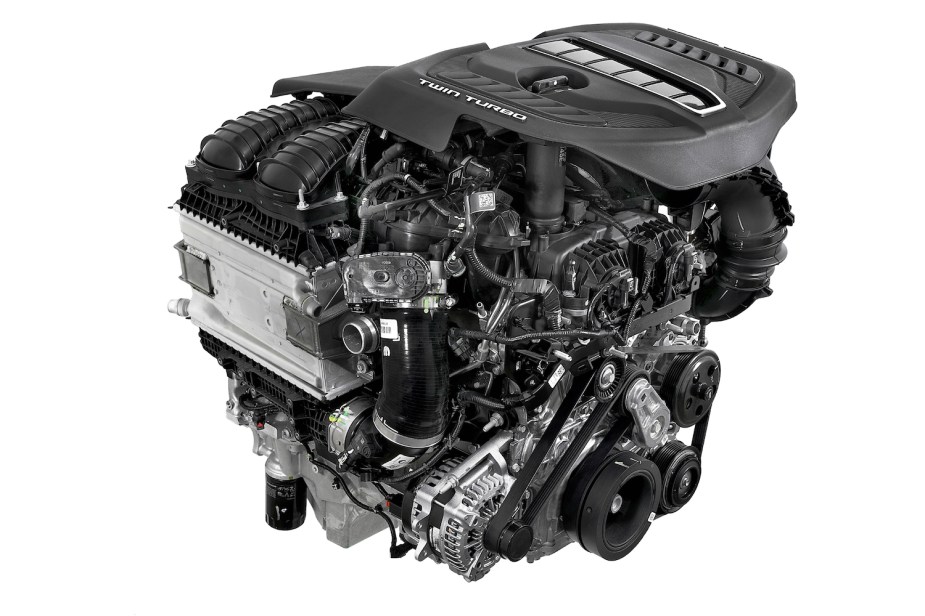
It uses direct injection, twin-turbocharging, and dual overhead cams with variable valve timing. The pistons and crankshaft are forged riding in an aluminum block. The block also features a deep skirt design, which helps to tie the main caps into the block, along with cross bolting, which is for added strength.
Rather than iron cylinder liners, Stellantis uses Plasma Transfer Wire Arc that coats the cylinders which is 10 times harder than conventional liners but is very thin. So weight and wear are reduced, and the cylinders retain their shape longer. Plus, squirters cool the piston bottoms.
The 10.4:1 compression ratio reduces fuel consumption. And more fuel is thoroughly burned with that extra punch, improving emissions. Plus, the turbochargers only service three cylinders each. Because of the extra heat generated, the exhaust manifold is part of the cylinder head and is water jacketed. The turbos also create less back pressure, aiding in smoother, and faster throttle delivery.
Can a Hurricane beat a Hellcat?
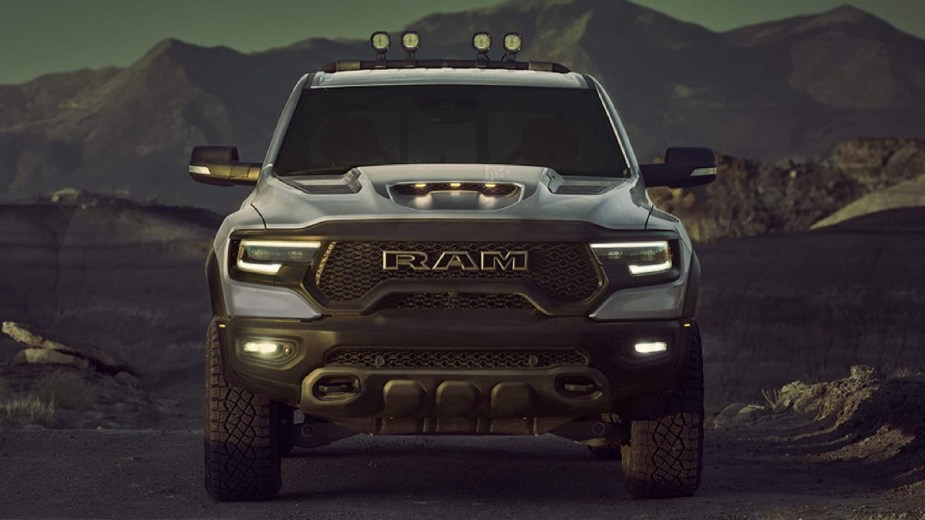
We know that the 5.7-liter Hemi’s days are almost over, and so it is the first casualty we’ll see of the Hurricane takeover. But it makes sense. The 5.7 puts out 395 hp and 410 lb-ft of torque. It has been a versatile, reliable, and sturdy engine in its various forms and in various platforms. But it will go with the Charger and Challenger in 2023, and we expect that applies to the Ram and Jeep variants. If not, for sure in 2024.
As you can see, in its initial form it already beats the 5.7 Hemi. As much as we all love V8s, their size, weight, and emissions aren’t up to current technology. After all, it was designed over 20 years ago.
Then there is the 6.2-liter Hellcat V8. A cousin of the 5.7, it has a wallop of 702 hp and 605 lb-ft of torque. It is supercharged rather than using turbochargers. The Ram TRX with this engine was the fastest 2023 truck that Car and Driver ever tested. Would, could the Hurricane engine come close to seeing those kinds of numbers?
How could Ram squeeze more power out of the Hurricane?
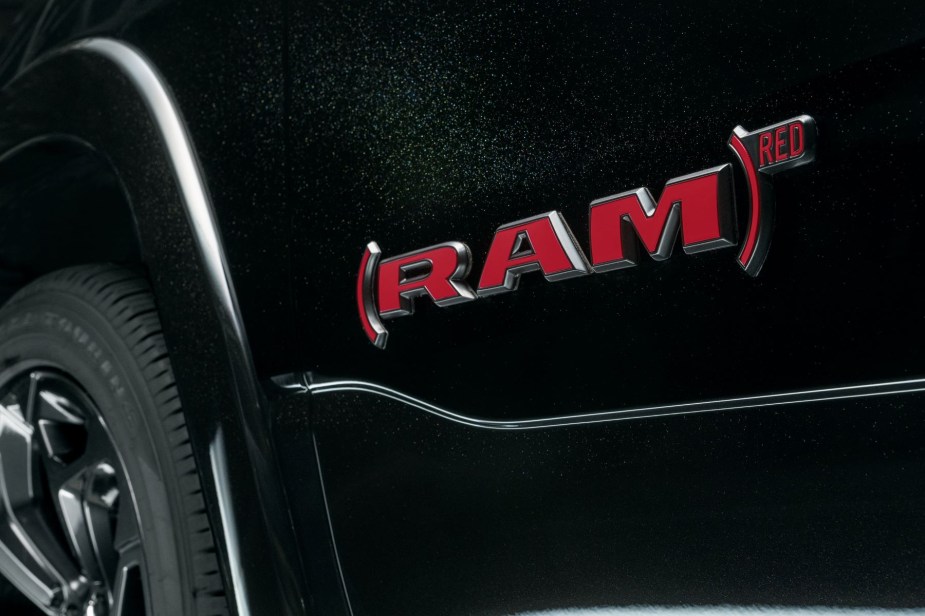
As we’ve said, the Hurricane is only the foundation for more powerful iterations. Electric integration is absolutely part of the plan. Combined with a hybrid motor, 600 hp should be no problem. Larger turbos and/or electric motos that use the engine as a generator are just some of the directions that could put the puny 3.0 into 6.2 territory.
With 2023 being its first year of mass production, and only in certain Jeep models, this is just a small taste of what is to come. So while we’ll lament the cancellation of the brawny V8s, it will be interesting to see the configurations that Stellantis comes up with for the Hurricane over the next few years.



